Dying breed of doctors
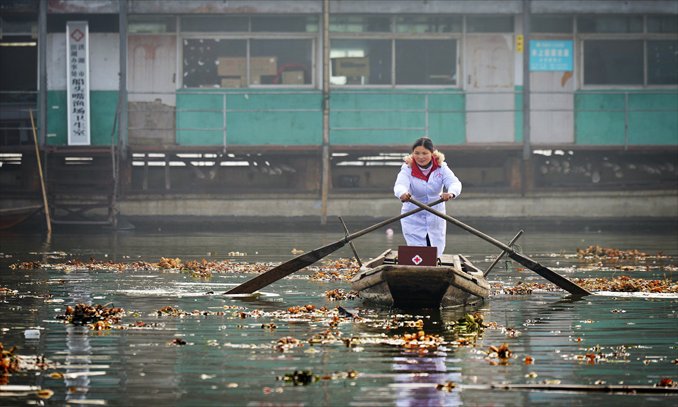
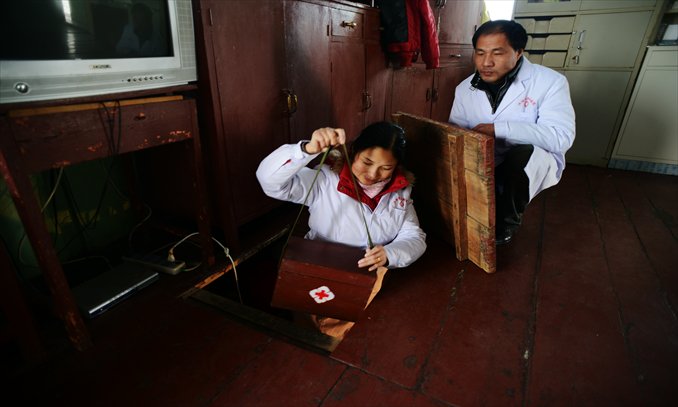
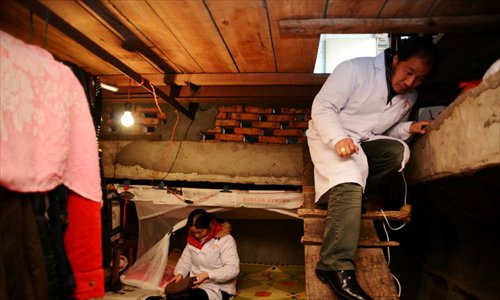
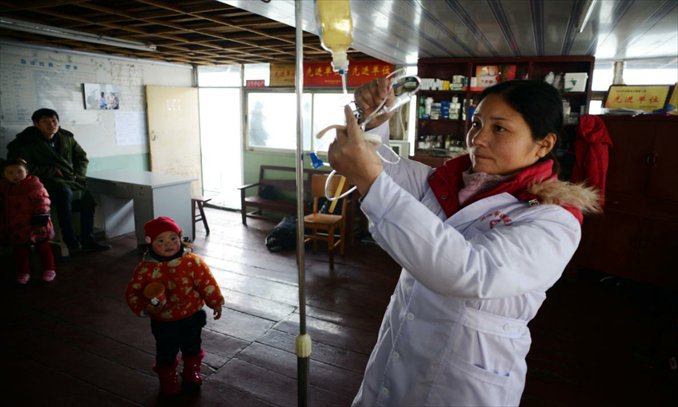
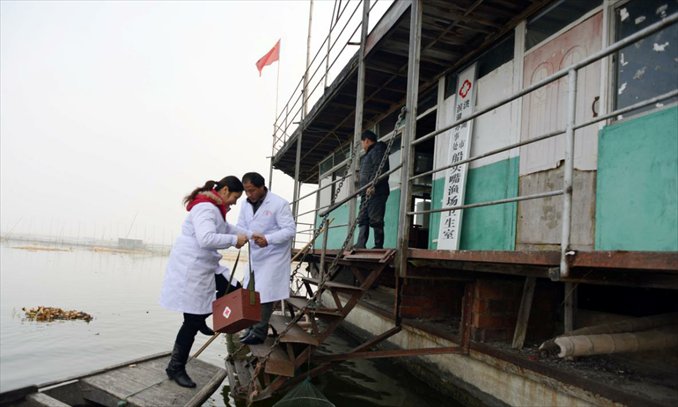
He Taiyu and Xie Ai'e, a couple of rural doctors from Central China's Hubei Province, are famous due to their devotion to taking care of a community of over 600 fishermen for 20 years.
In a special program devoted to "rural doctors" by CCTV since October 2012, He and Xie were listed among the "the ten most selfless rural doctors" nationwide, the only couple to make the ranking. The rural doctors that won awards after being listed ranged from all over China, namely Hubei, Anhui, Jiangxi, Guizhou and Yunnan provinces, Xinjiang Uyghur Autonomous Region, Guangxi Zhuang Autonomous Region, Inner Mongolia Autonomous Region, Tibet and Chongqing.
The couple, both in their 40s, hails from the village of Chuantouju near a city of Honghu. It is a floating village made up of 170 boats, where villagers had to cover over 20 kilometers by boat to get to hospital before 1992, due to the lack of doctors. Once, a pregnant woman died while in labor due to no medical attention being on hand.
Few people would choose to work there given the poor living conditions, even though the village was in dire need of doctors. The situation looked up in 1992, when He and Xie arrived, then at the tender age of 24 and 22 respectively.
The most attractive factor about the job is that it has helped them stay together, for 20 years.
The village clinic is on a green dock in the middle of a lake. Its cabin covers an area of less than 10 square meters and stands less than 1.5 meters high.
An electric fan is the only equipment available to help relieve summer heat. They spend each cold and damp winter by sharing more than one thick blanket. The electricity they use is generated by a windmill, which only works in windy weather, and is only enough to power lights and TV 20 days a month.
However, as rustic as the clinic is, with an outpatient room and a ward of four beds, it is of great help to the villagers and receives about 10 patients every day.
The couple have different tasks. He takes care of all illnesses except for gynecological matters and the wife pays house calls, mostly to the elderly and children.
Every time Xie goes out to see a patient, she rows there in a wooden boat, causing He to worry since his wife cannot swim. Therefore, he watches his wife row out every day until she is out of sight and ensures she comes back before dark.
Their combined annual income is just 25,000 yuan ($4022.5). The couple once packed their luggage and planned to leave, but stayed once they realized how much they meant to the fishermen.
"Rural doctors are silently working for people, but their job really counts," once commented Pu Cunxin, a well-known actor and philanthropist.
The total number of rural doctors and health workers is over one million by the end of 2010, according to statistics from the Ministry of Health.
Global Times